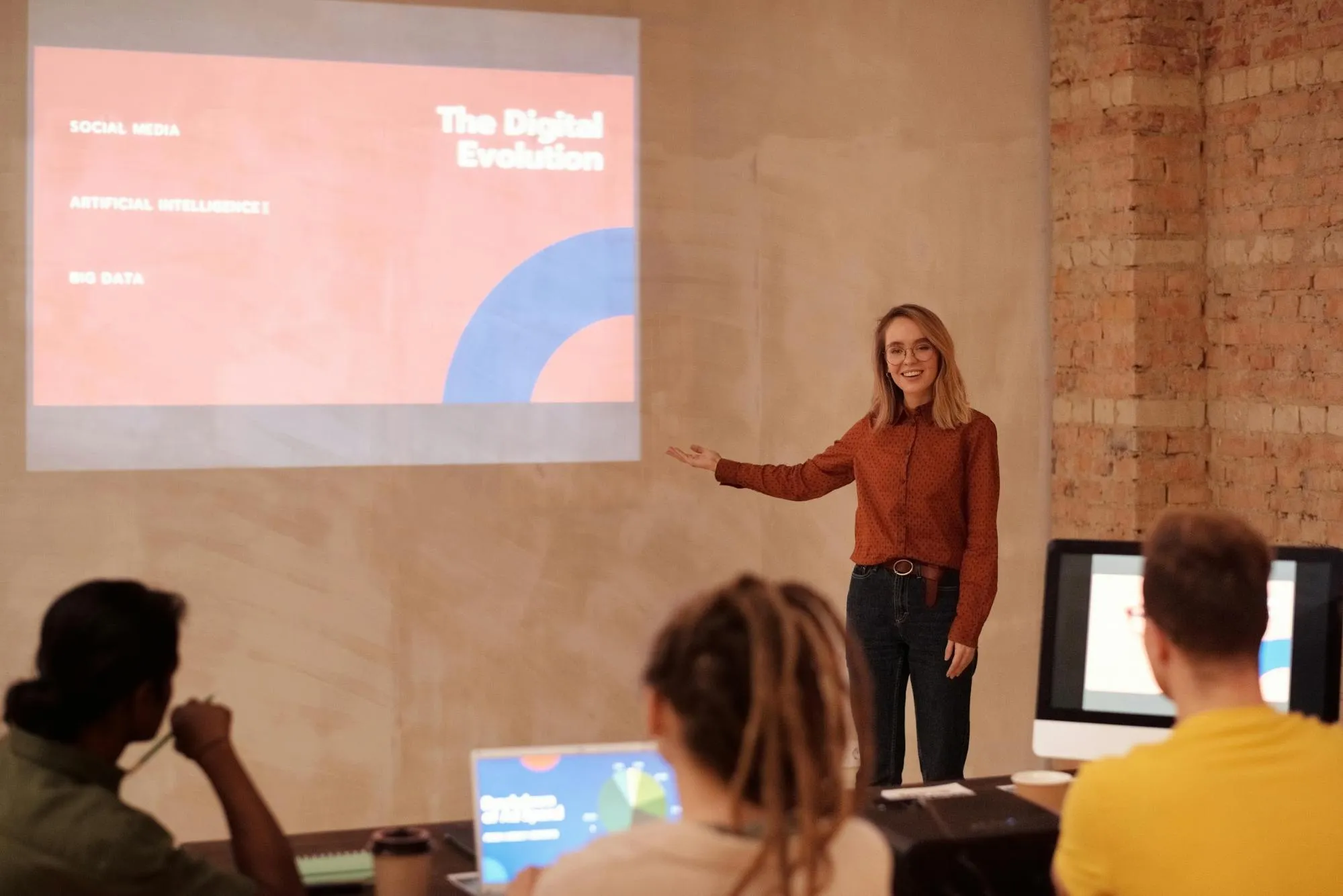AI is fast becoming the digital backbone of organisations and HR has the knowhow to keep it all running without blowing a fuse – even if they don’t know it yet.
The good news? The desire to master AI is strong across the small business landscape. The slightly chaotic news? Many companies are still experiencing a few teething problems. But that doesn’t mean it’s impossible to get ahead. In fact, it’s never been easier to.
Lightening the Load
Employment Hero’s Work that Works productivity report shows that right now only half of employees in small businesses believe their company has done a good job instilling technological know-how. The data also reveals that although AI is the number one driver of productivity in small businesses, bad implementation strategies that don’t involve teams or rely on blanket directives can lead to a 50% drop in personal productivity, driving home the importance of employee engagement and the human touch when it comes to successful AI adoption.
While that may not sound encouraging, it means there’s a huge opportunity for AI to plug that gap. Between training, onboarding, skills assessments and performance coaching, AI can lighten the load for HR and help to deliver all of these processes – from onboarding to performance development – more efficiently, consistently and at scale.
Business leaders clearly agree. Employment Hero’s survey with 1,000 senior business leaders shows a huge 73% of them are using or planning to use AI tools to navigate the upcoming UK Budget announcement, showing just one example of how embedded AI has become in everyday business thinking. Beyond the Budget, 49% are using general-purpose AI assistants, and one in four (24%) are turning to specialised platforms or even custom-built AI tools.
The takeaway? HR teams need to actively shape how AI is used – setting expectations, building confidence and making sure employees have the support they need to use these tools well, regardless of their starting point.
Your Workforce is Already Changing – Embrace It
The rise of AI isn’t just a technology conversation; it’s a people one. That’s why talent strategy is fast becoming the most important part of an organisation’s AI roadmap.
Currently, six in 10 (62%) business leaders are creating new roles or planning to create new roles in anticipation of AI-related changes. Another one in four (22%) are adapting existing roles, while one in three (36%) aren’t making any changes at all.
From an HR perspective, that split is a flashing neon sign: AI readiness varies wildly, and you’ll need frameworks flexible enough to support each of these groups – the eager innovators, the cautious adjusters and the blissfully unconcerned.
Considering which roles need upskilling, which tasks can be augmented by AI, where human judgment remains non-negotiable and, most importantly, how to communicate these shifts will help employees stay engaged rather than intimidated.
Championing Efficiency
The motivations behind AI adoption also tell us a lot about where HR can make the biggest impact. Employment Hero’s survey also found that for 40% of business leaders, efficiency is the primary motivation. Meanwhile, 32% say their motivation is innovation, which opens the door for HR to encourage experimentation, cross-team problem-solving and simple, low-risk ways for people to try out AI tools.
It’s not all about ease, however. For smaller SMEs, leaders in businesses under 50 employees are two times as likely to say survival is the driving force behind AI tech. These organisations feel AI’s pressure most sharply – and HR has a key role in making adoption less about fear and more about empowerment.
What should HR leaders do in 2026?
Start simple:
- Build AI literacy for everyone, not just early adopters.
- Create role profiles that explicitly incorporate AI usage – for example, outlining the tools employees are expected to use, the tasks AI can support and where human oversight stays essential.
- Roll out clear guidance on responsible, safe and productive AI use.
- Make AI a collaborative tool, not a mysterious overlord.
- Build AI tools and training into the onboarding process.
As the new year approaches, it’s important to remember that while the tools we use may shift, HR remains in the driver’s seat. AI isn’t here to replace people; it’s here to help them work smarter, learn faster and focus on the moments where human value shines through. Rather than fixating on whether or not to engage with AI, smart HR leaders should ask how to make it work for everyone.






















